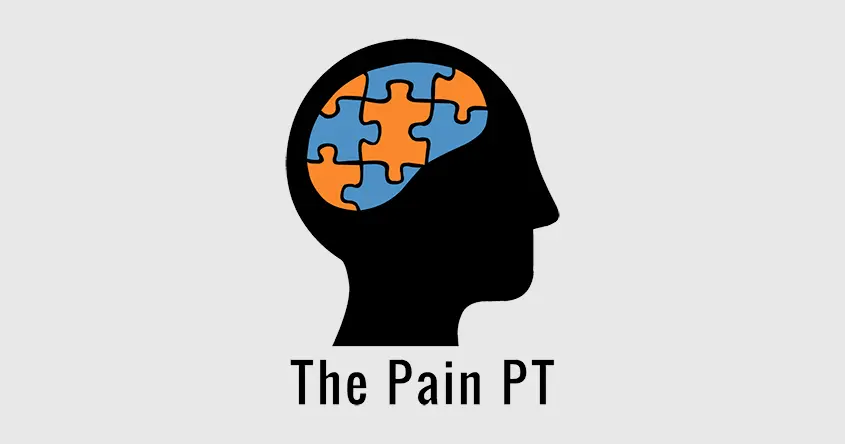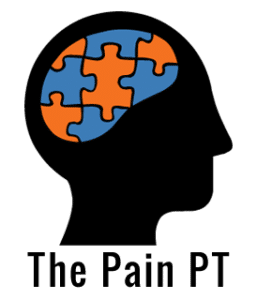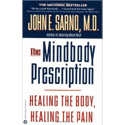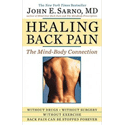Study: “The interaction between stress and chronic pain through the lens of threat learning.”

Chronic pain or chronic somatic symptoms are not the same as acute pain or acute somatic symptoms. Chronic symptoms are typically maladaptive and don’t represent a true threat in the body (like an acute tissue injury). Chronic symptoms are more likely to be driven and produced by a learned threat in the brain vs. something wrong in the body. This 2019 paper here summarizes this research data as the authors “argue that threat learning is a central mechanism and contributor, mediating the relationship between stress and chronic pain.”
What we’re finding is a brain that perceives threat and danger will kick out stress reactions (symptoms) in the body from the brain and nervous system. The researchers state: “As opposed to acute pain, chronic pain is no longer adaptive. It has been considered to stem from a ‘faulty alarm system’ – activating the body’s physiological systems inappropriately, when there is no acute threat.” This is the underlying premise I teach patients- that the body is fine. The pain or symptom is real- but it’s coming from a brain that feels threatened or is perceiving threat when there is actually little to no real threat present. It’s great news and that can catapult someone forward on their recovery journey. That is, to learn nothing is wrong with them.
In the summary part of the paper, the authors state: “Taken together, there is growing evidence that chronic pain is characterized by maladaptive threat learning, with both classical (cued and contextual) and operant learning factors at play. More specifically, patients with chronic pain show reduced ability to learn to differentiate threat and safety signals, impaired extinction of threat-related information, overgeneralization of conditioned responses, and deficient reward learning.”
I work with people to teach them this important information. Many other health practitioners don’t understand or know this. Unknowingly, many medical professionals can elevate more danger and threat in the brain by what they are saying and doing to patients. My goal is to understand the patients full medical and psychosocial history and to see if their symptoms are indeed produced by a brain that feels threatened and in danger. When this is the case, we need to learn to update the software in the brain: to a brain that believes and knows it is safe, while reducing a brain that believes and perceives threat and danger when there is none. Reach out if you’d like to understand this more and how this may apply to you and your chronic condition.






